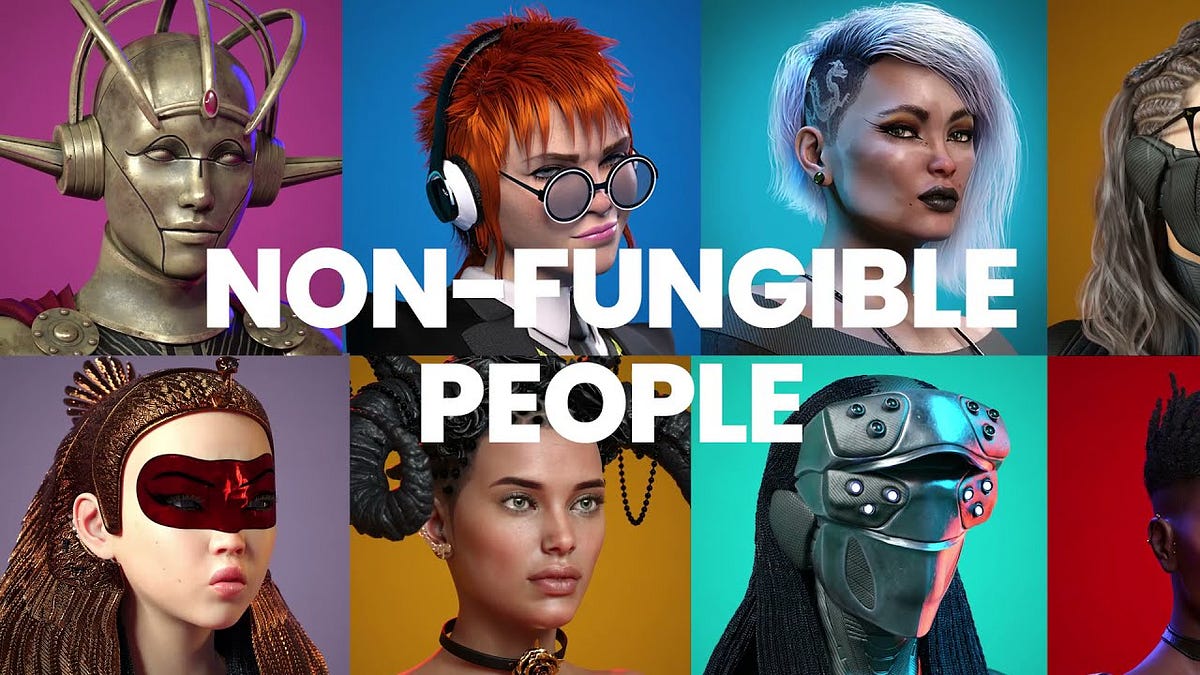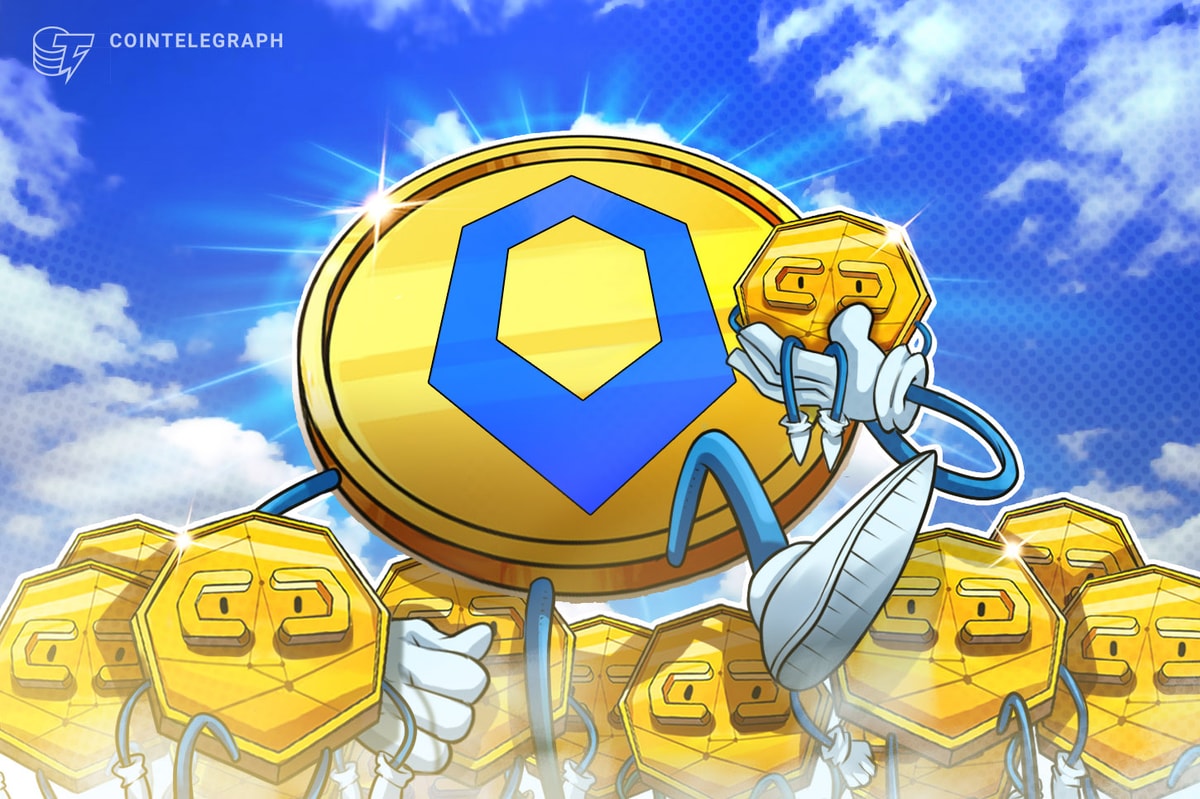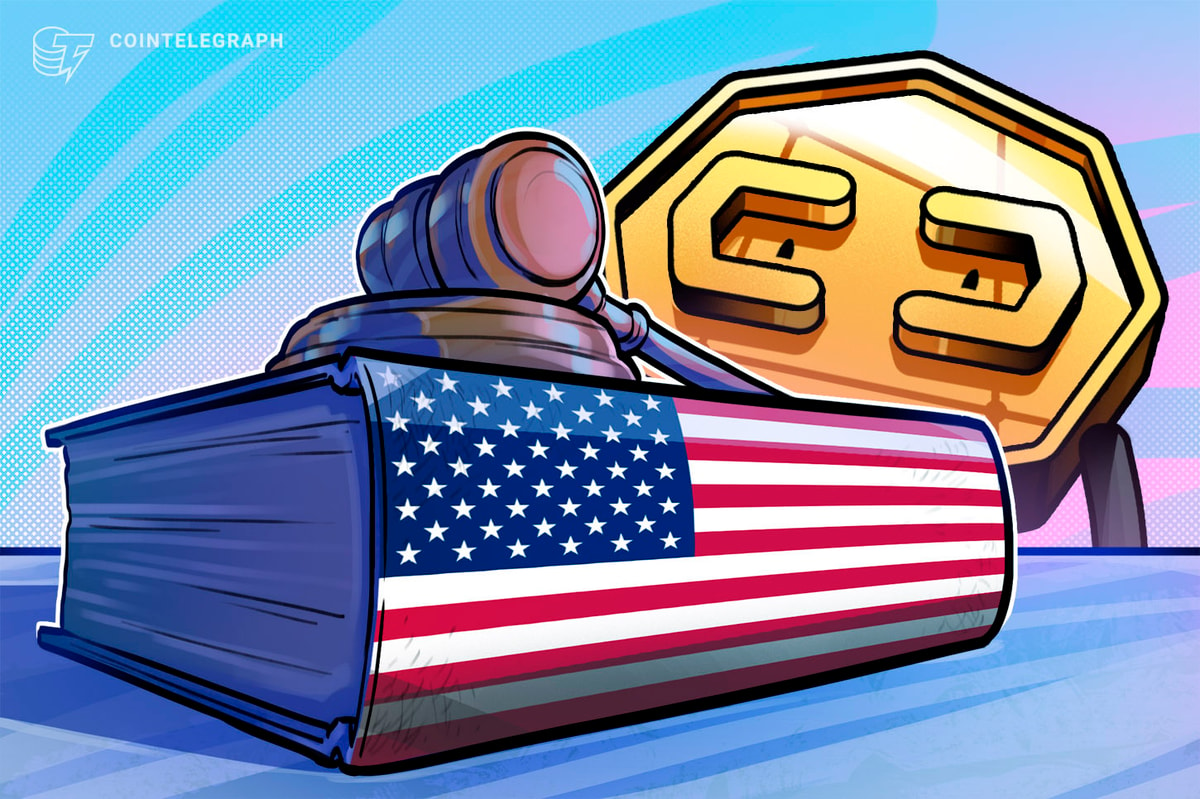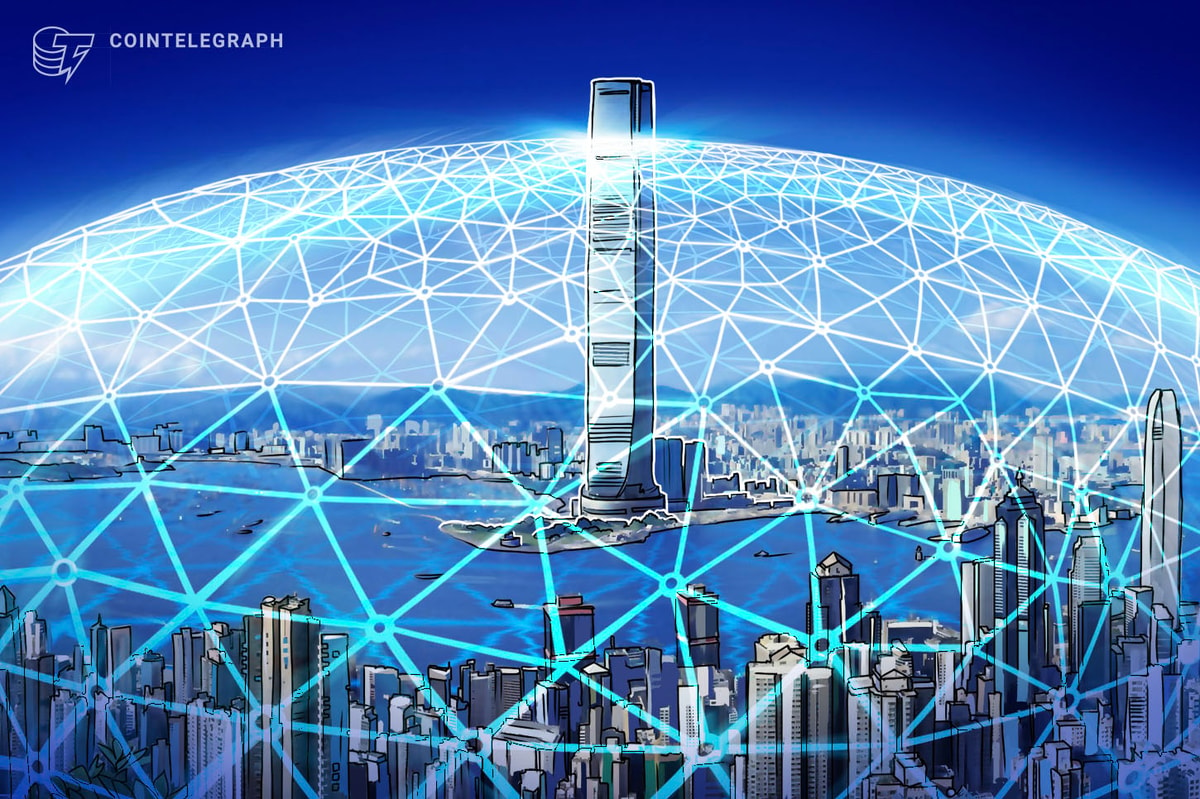There is no doubt that the internet has opened up the world to many possibilities, creating an avenue for further cross-cultural integration, shared economic prosperity, and a medium through which information can move faster and be delivered to the world in real time. The internet has also opened up the world for businesses to have global reach while serving as a point of international cultural transmission and unity.
Though the positives cannot be denied, we still must not overlook the enormous power that corporations have accrued from being the creator of platforms that people use to interact with one another all around the world. For example, it is estimated that Facebook has 2.9 billion monthly active users, while TikTok has 1 billion active users. Twitter also has an estimated 330 million active users. At the same time, Google has become the most popular search engine in the world accounting for 70% of all searches. This is without mention that both Google and YouTube are owned by the same parent company, Alphabet Inc.
This active centralisation of power has led to the creation of an entirely new economy by top online platforms, effectively shifting the internet into an attention economy where users are turned into products and competing businesses pay platforms to buy attention. These days, there is virtually nothing that goes for free — clicks, impressions, engagements, just name it. To make things worse, some content are now confined to specific geographical locations so it is impossible for users outside of those regions to access them.
This tide is fast changing with Web3 and NFTs and once again, users can dream of being more than just consumers, while creators now have alternative options.
Welcome to the distinct world of Web3 where users are more than consumers and tools for mere engagement. In this rapidly evolving space, users can now be called members.
As web3 continues to evolve, it is becoming obvious that power will no longer be concentrated in the hands of platforms, but it will shift to the hands that really matter — the users. Users will not only create engagement among themselves, but they will also be able to create communities and make propositions on the kind of changes they wish to see take effect on platforms.
Forceful advertisements will no longer be the order of the day and users will no longer be subjected to the will of artificial intelligence algorithm which typically decides what individual users are shown.
With NFTs, users can directly obtain membership status in a personalised community of like-minds. There, geographical restrictions are no longer a barrier and each member can make meaningful contributions while consuming content that meets their needs.
Ask any creator what their greatest nightmare is and you are most likely to get a response about seeing their hardwork rejected or banned on social media platforms. The popular video platform, YouTube, already has a reputation for being notorious in this regard.
Creators are subject to rules some of which are arbitrary and they are left in the hands of algorithms each time they upload content, while hoping their content is not rejected. This is without mention that there is no guarantee that they will recoup the money spent on creating videos. Decentralised streaming platforms such as Theta, Livepeer, and Chainflix, are already creating alternative options that creators can explore and maximise returns on their creativity.
Through NFTs and Web3, creators can now build their online presence through closely knotted online communities where they can offer values, issue NFTs and create stronger bonds with their fans, thus creating an avenue to further maximise returns.
Web3 and NFTs can be regarded as alternative solutions that are helping to redefine our conception of digital inclusion. It is only a matter of time till web3 usurps web2 and NFTs become instrumental in everyday lives. Still, one thing is already evident — that web3 and NFT are…
Read More: medium.com









 Bitcoin
Bitcoin  Ethereum
Ethereum  Tether
Tether  XRP
XRP  Solana
Solana  USDC
USDC  Cardano
Cardano  Dogecoin
Dogecoin  TRON
TRON  Lido Staked Ether
Lido Staked Ether  Wrapped Bitcoin
Wrapped Bitcoin  Pi Network
Pi Network  Chainlink
Chainlink  LEO Token
LEO Token  Stellar
Stellar  Wrapped stETH
Wrapped stETH  USDS
USDS  Hedera
Hedera  Avalanche
Avalanche  Sui
Sui  Shiba Inu
Shiba Inu  Toncoin
Toncoin  Litecoin
Litecoin  Bitcoin Cash
Bitcoin Cash  Polkadot
Polkadot  MANTRA
MANTRA  Ethena USDe
Ethena USDe  WETH
WETH  Bitget Token
Bitget Token  Binance Bridged USDT (BNB Smart Chain)
Binance Bridged USDT (BNB Smart Chain)  Hyperliquid
Hyperliquid  WhiteBIT Coin
WhiteBIT Coin  Wrapped eETH
Wrapped eETH  Monero
Monero  Uniswap
Uniswap  sUSDS
sUSDS  Aptos
Aptos  Dai
Dai  NEAR Protocol
NEAR Protocol  Pepe
Pepe  Ondo
Ondo  OKB
OKB  Internet Computer
Internet Computer  Ethereum Classic
Ethereum Classic  Aave
Aave  Gate
Gate  Coinbase Wrapped BTC
Coinbase Wrapped BTC  Mantle
Mantle  Official Trump
Official Trump